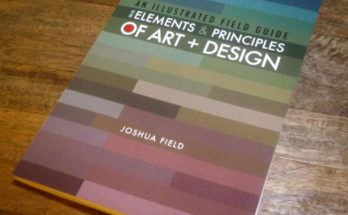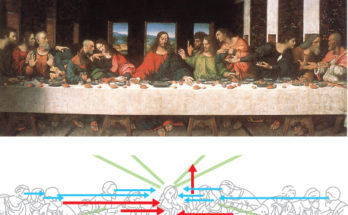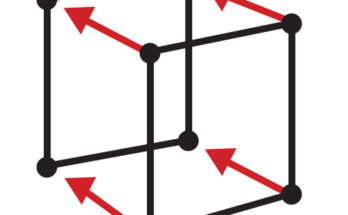Points are most often indicated by the beginning, end, convergence, or divergence of compositional components. While we most often think about a point as a dot, most points do not have height and width but are rather defined by a coordinate.
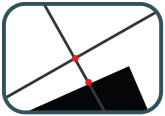
INTERSECTIONAL POINT: An intersectional point occurs when two lines or shapes meet. This kind of point will draw attention to the intersection.
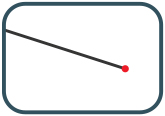
END OR TERMINAL POINT:An end or terminal point defines the place at which a line or a shape stops.

CORNER POINT OR VERTEX POINT: A corner or vertex point occurs at the juncture of two edges. An acute vertex feels sharp or fast and an obtuse vertex feels open or slow.
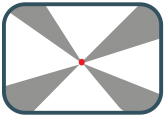
CONVERGENT POINT: Convergent points define the place at which shapes or lines come together. This can imply a deep space and create the sense of motion.
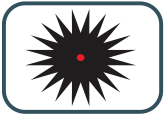
DIVERGENT POINT: Divergent points occur when elements in a composition radiate from a central place. This can create a sense of outward motion.
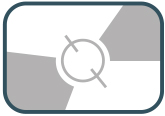
IMPLIED POINT: An implied point occurs when the eye follows a line to a point of convergence even if the line has ended. This can activate an empty space.
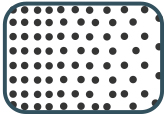
VALUE POINT: Points can create value and texture based on proximity, often called stippling or pointillism. The closer the points, the darker the value.

FOCAL POINT: A focal point is where the eye gravitates toward in a composition. This can be the result of emphasis, isolation, convergence, or contrast.


